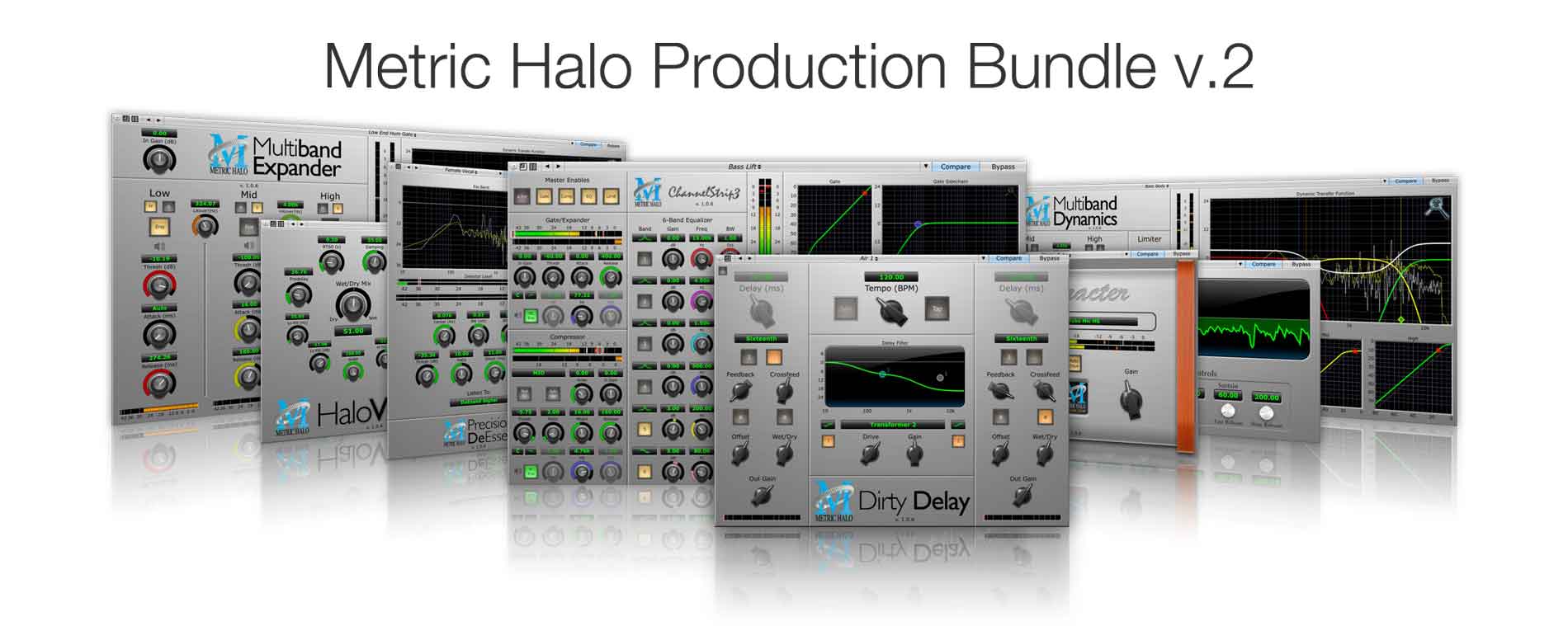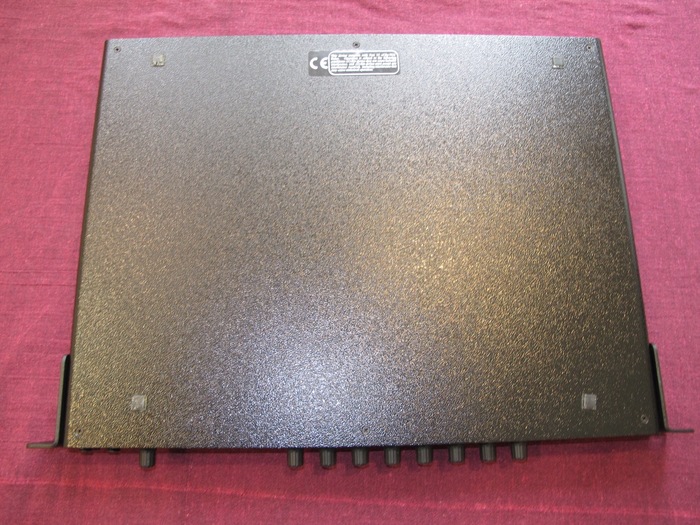
The front panel Monitor pots aren't the greatest so the left/right balance isn't perfect until you get to 9 oclock or so. The main difference between the Monitor outputs and the Analog outputs is that the Monitor has a front panel level control and is paired with the headphone output.Īnd the analog output has a front panel level meter and the levels are controlled digitally. That being said, we do have a bunch of feedback to the effect that using the ULN/DI input + the EQ as the phono stage is one of the best sounding configurations around it is certainly substantially less expensive than any external phono stage that is in the same range of performance (if you already have the MIO, that is - and maybe even if you don't)! You can, of course just use an external phono stage and come in line level as well.
#METRIC HALO FUZZMEASURE MOD#
You definitely need to short the turntable grounding lug to the chassis ground of the ULN-2.įor the ULN-8 and LIO-8 we have a factory mod available for the DI board that sets the input impedance and gain properly to use as a turntable input. You can use the RCA to TS adapters for this purpose, or you can put TS connectors in place of the RCAs on the turntable leads.
#METRIC HALO FUZZMEASURE PLUS#
So on the ULN-2 the best approach is to use the Line In with a bridging impedance to match what your cartridge wants to see, plus appropriate gain, plus the RIAA filter in the EQ. Putting resistance in series with the input is not really what you want to do because you are adding a noise source to the high gain path.

Adding an additional 100k in parallel will give you about 50k bridging impedance (which is probably fine, if you want exactly 47k then the parallel resistance needs to be 88.679k ). This allows you to adjust the bridging impedance with a resistor between hot and ground. What this means is that you can have a max gain of about 72-9.5 = 62.5 on the line input, with a 100k bridging impedance when you are running single ended. For large gains the difference is about -9.5 dB. The gain on path 2 is less than the gain on path 1 for the same gain setting. This is 100k from each leg to ground (200k between the balanced legs) AC coupled from the connector (no DC path to ground on the connector side). This is 100k from each leg to ground (200k between the balanced legs) with a DC path to ground.ģ) Send Return. This is 1.65k from each leg to ground (3.3k between the balanced legs)Ģ) Line Input on TRS of the combo jack.

So, the ULN-2 has 3 ways to get audio in analog:ġ) Mic Input on XLR of the combo jack.

There was a discussion of this on the MIO mailing list and this email came from BJ (Metric Halo's designer). Picked up some nice info about using a Metric Halo unit for a phono preamp.


 0 kommentar(er)
0 kommentar(er)
